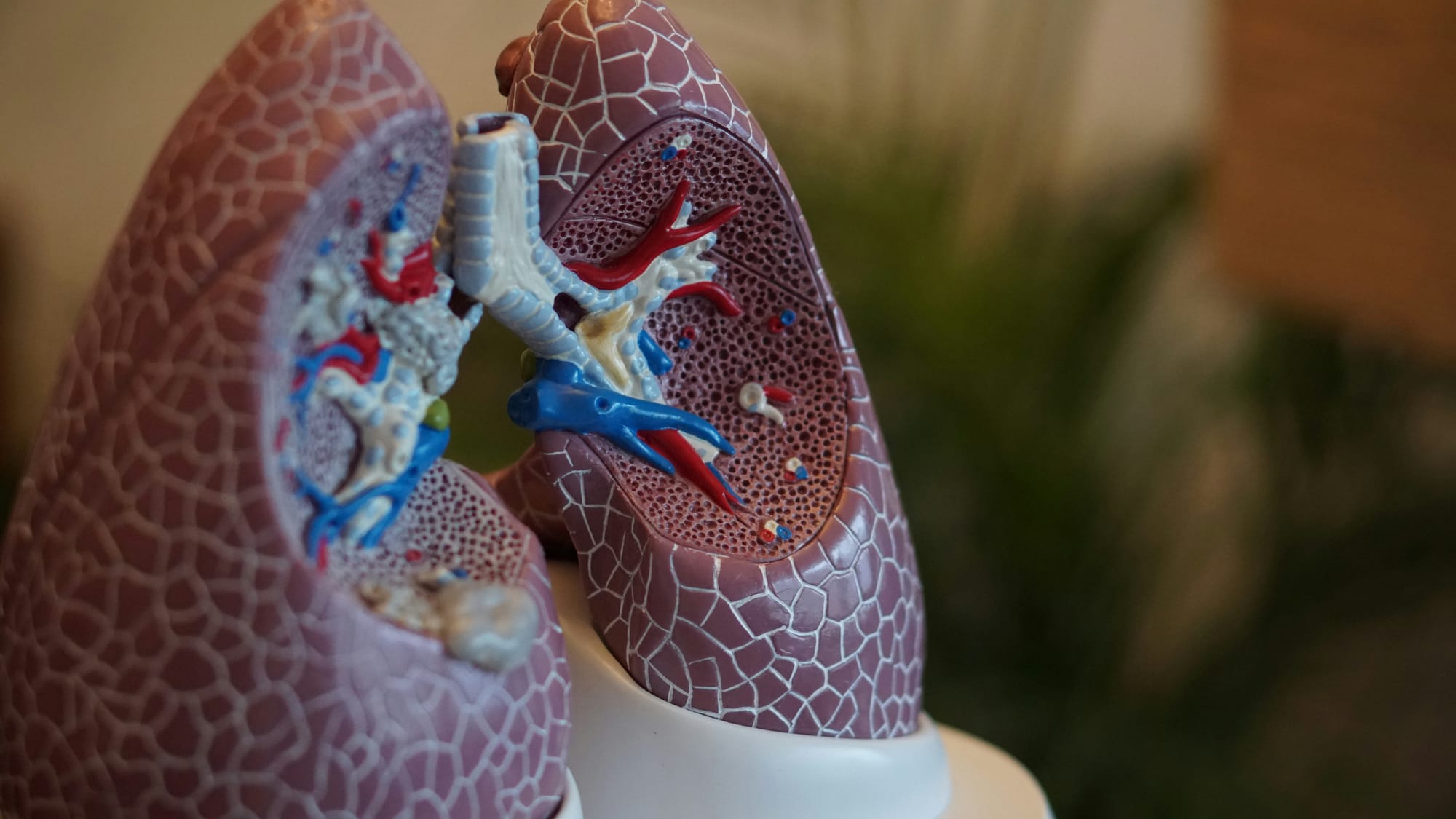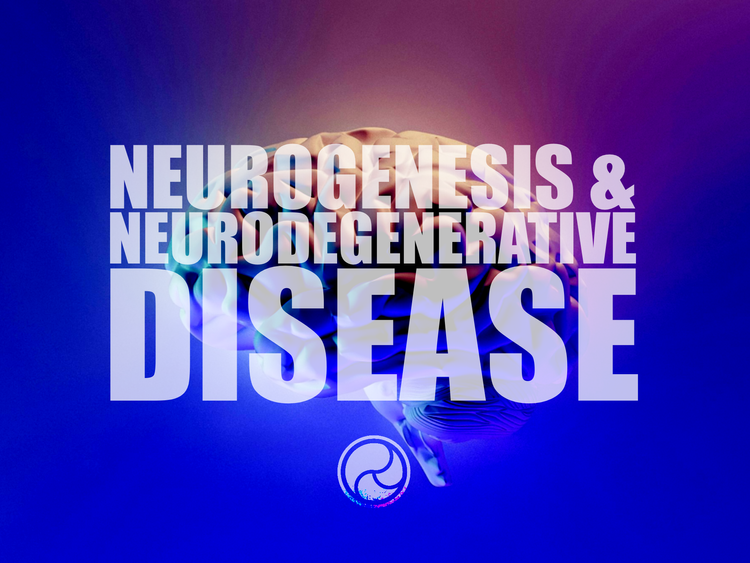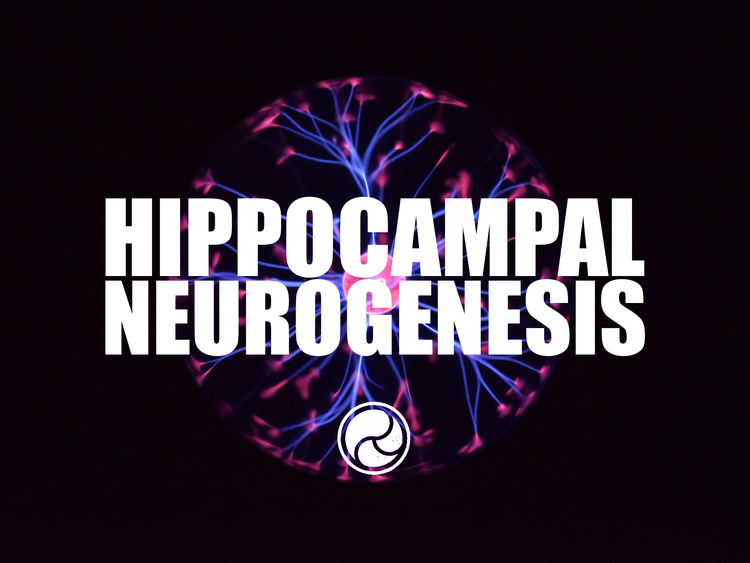Respiratory Sinus Arrhythmia

This is a break-out of an article I wrote years ago titled "Heart Rate Variability: Finding the Pulse on Your Recovery." The entirety of this prior article will be broken up and spread out for ease of consumption, and will serve as a sample of content that will be produced for this publication. This content is provided for free, and as such, will be foundational in understanding what comes later on. Enjoy!
Heart Rate Variability: Finding the Pulse on Your Recovery
Part 1: The Anatomical Heart
Part 2: Autonomic Regulation of the Heart: Pumping the Brakes, Hitting the Gas
Part 3: Respiratory Sinus Arrhythmia: What's Breath Got to Do With it? (this article)
Part 4: Heart Rate Variability: Effectively Gauging Your Physical Wellbeing
Breathing, according to me, corresponds to taking charge of one’s own life.
– Luce Irigaray
Contents
Respiratory Sinus Arrhythmia
What's Next?
References
Respiratory Sinus Arrhythmia
In the Anatomical Heart, we discussed the heart's basic anatomy and its intrinsic nervous system. In Autonomic Regulation of the Heart, we discussed the body's nervous system and how it modulates the heart's activity. If you have not yet read these pieces, I strongly recommend you do so before continuing on.
By now you should see how your parasympathetic and sympathetic nervous systems (PNS and SNS respectively) modulate your heart rate on a large scale, whether at rest or during exercise. This modulation, however, is not strictly limited to larger time frames or specific stressors. When thinking of SNS activation, the oft consumed idea is that you are in a highly activated state for some set amount of time, namely when you are reacting to stressors. When the stressors subside, so does the heightened activation, and your system returns to normal.
While this is certainly the case when reacting to stressors, the PNS and SNS share activated time when at rest. This may seem a little bonkers–after all, the last article emphasized the importance of recovery and how vital it is for your nervous system to return to a state of rest. There are, however, varying states of activation, ie your SNS doesn't have to go full tilt when activated, and thus an alternating state of activation between the PNS and the SNS is not entirely unreasonable.
The simple fact is that autonomic modulation of your heart occurs in an ongoing fashion: your PNS is active for a little bit, then your SNS is active for a little bit, back and forth and back and forth. Your heart rate slows a bit while the PNS is predominantly active, and then speeds up a bit while the SNS is predominantly active. Think of sitting in moderately slow traffic: you manage your speed in such a situation by simply applying and removing your foot to and from the brake. In this analogy, the car is your heart, applying the brake is PNS dominance, releasing the brake is SNS dominance, and your foot is ...
Your breath.

Your breathing stimulates the activation of one system over the other, back and forth, in an unending circuit of autonomic heart rate regulation. Let's break this down:
When you inhale, the autonomic balance tips toward the SNS, inhibiting parasympathetic signals to the sinoatrial node (SA), e.g. releasing the vagal brake, causing your heart to beat faster. When you exhale, parasympathetic inhibition lifts, the balance shifts in favor of the PNS, and the vagal brake is applied to the heart, slowing your heart rate. Furthermore, there is a small but vital difference in the timing of the activation of either system. When you inhale, there is a slight delay in the activation of the SNS, with increasing activation throughout the course of inhalation; upon exhale, the SNS immediately lets go, allowing the PNS to throttle heart rate. This is called Respiratory Sinus Arrhythmia (RSA).1
Generally, this happens automatically, with little voluntary control: you do not have to actually think about breathing, hence why this process operates under the control of the ANS. Breathing depth and breathing rate are managed by structures in the brain that modulate both with regard to the information they receive. You can live your whole life without ever considering your breath; your brain, your heart, and your breath will run without conscious intervention.

However, you can bring your breathing under conscious control, to an extent. This provides you with a very powerful tool in stress management. When you consider how the autonomic balance shifts with regard to what stage you are in your breath, it isn't a large logical leap to think that by harnessing your breath, you can influence the level of SNS activation in your body. By consciously managing your breath, you are consciously imposing a breathing rhythm on your heart.2 This has some major implications in utilizing physiological mechanisms to influence psychological and emotional states,1 which we will discuss at length in a future series.
Pretty powerful shit, no?
What's Next?
You've learned about the Central Autonomic System (CAN), the PNS and the SNS, autonomic regulation of the heart, and now RSA. The foundation has been laid to take a surface view of Heart Rate Variability (HRV), which we'll see in the next article.
Thank you for reading! If you enjoyed this content, please consider subscribing for more. Feel free to drop into the Discord with any questions around the content. If this has motivated you to get up and get moving, strvtmvmnt offers online classes and programs to help strengthen your body and mind wherever you may be. Sign up for the marketing newsletter here, and join us on Discord here.
References
1Tonhajzerova, I., Mestanik, M., Mestanikova, A., & Jurko, A. (2016). Respiratory sinus arrhythmia as a non-invasive index of 'brain-heart' interaction in stress. The Indian journal of medical research, 144(6), 815–822. https://doi.org/10.4103/ijmr.IJMR_1447_14
2McCraty, R., & Shaffer, F. (2015). Heart Rate Variability: New Perspectives on Physiological Mechanisms, Assessment of Self-regulatory Capacity, and Health risk. Global advances in health and medicine, 4(1), 46–61. https://doi.org/10.7453/gahmj.2014.073




